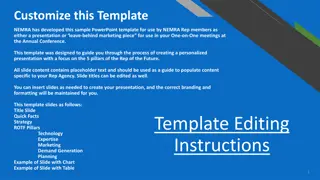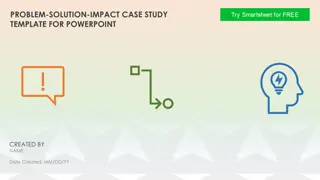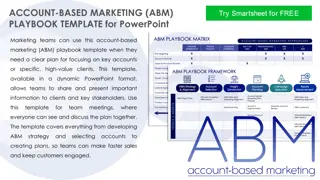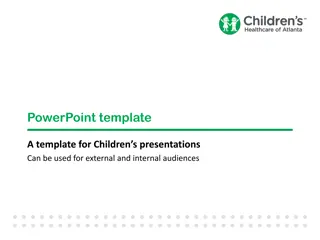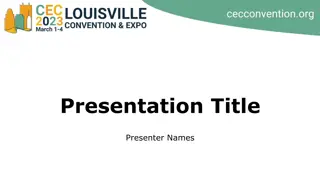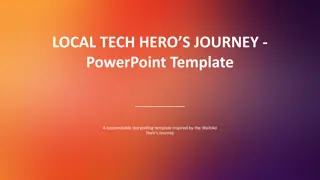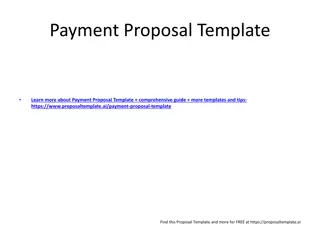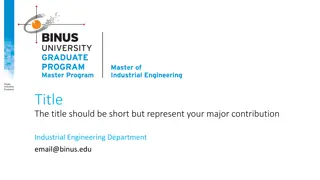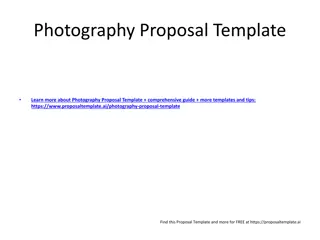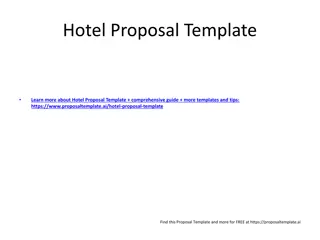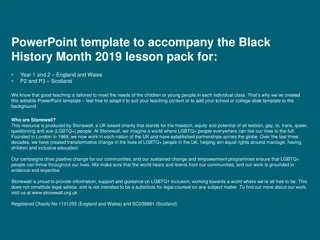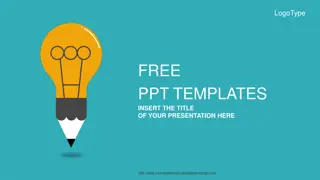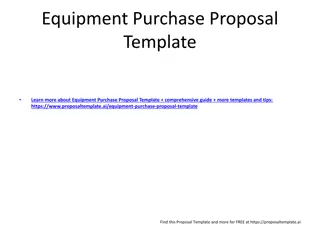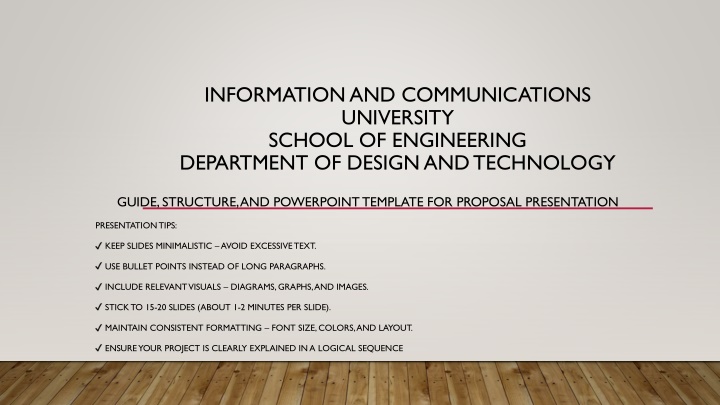
Efficient Proposal Presentation Design and Tips
Learn how to create a powerful proposal presentation with this guide. Get valuable insights on structuring your slides, utilizing visuals, and delivering an impactful pitch. Follow the provided PowerPoint template for a winning proposal presentation.
Download Presentation

Please find below an Image/Link to download the presentation.
The content on the website is provided AS IS for your information and personal use only. It may not be sold, licensed, or shared on other websites without obtaining consent from the author. If you encounter any issues during the download, it is possible that the publisher has removed the file from their server.
You are allowed to download the files provided on this website for personal or commercial use, subject to the condition that they are used lawfully. All files are the property of their respective owners.
The content on the website is provided AS IS for your information and personal use only. It may not be sold, licensed, or shared on other websites without obtaining consent from the author.
E N D
Presentation Transcript
INFORMATION AND COMMUNICATIONS UNIVERSITY SCHOOL OF ENGINEERING DEPARTMENT OF DESIGN AND TECHNOLOGY GUIDE, STRUCTURE, AND POWERPOINT TEMPLATE FOR PROPOSAL PRESENTATION PRESENTATION TIPS: KEEP SLIDES MINIMALISTIC AVOID EXCESSIVE TEXT. USE BULLET POINTS INSTEAD OF LONG PARAGRAPHS. INCLUDE RELEVANT VISUALS DIAGRAMS, GRAPHS, AND IMAGES. STICK TO 15-20 SLIDES (ABOUT 1-2 MINUTES PER SLIDE). MAINTAIN CONSISTENT FORMATTING FONT SIZE, COLORS, AND LAYOUT. ENSURE YOUR PROJECT IS CLEARLY EXPLAINED IN A LOGICAL SEQUENCE
1. TITLE SLIDE Project Title Your Name Institution Department Date of Presentation
2. INTRODUCTION (1 SLIDE) Brief background of the project. General problem overview.
3. PROBLEM STATEMENT (1 SLIDE) Clearly define the problem your project is addressing. Why is this problem important?
4. OBJECTIVES (1 SLIDE) Main Objective The overall goal of your project. Specific Objectives Measurable tasks to achieve the goal.
5. SIGNIFICANCE OF THE STUDY (1 SLIDE) Why is this project relevant? Who will benefit from it?
6. LITERATURE REVIEW (2-3 SLIDES) Summary of previous research/work related to your project. Gaps identified and how your project fills them.
7. METHODOLOGY (3-4 SLIDES) Design Concept Approach for developing the project. Materials Selection Justification for chosen materials. Technical Approach Description of engineering/design principles used. Testing Methods How the project will be tested for performance.
8. RESULTS AND DISCUSSION (1-2 SLIDES) Anticipated outcomes. How results will be analyzed and interpreted.
9. PROJECT TIMELINE (1 SLIDE) Gantt Chart or milestones showing project phases and deadlines.
10. BUDGET AND RESOURCES (1 SLIDE) Estimated cost and resources needed.
11. CHALLENGES AND LIMITATIONS (1 SLIDE) Expected difficulties and how they will be addressed
12. REFERENCES (1 SLIDE) Cite sources using the Harvard Referencing System.

